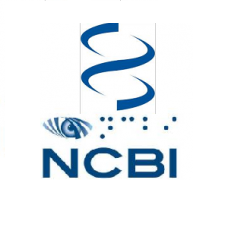abstract
Background and Purpose—Assessing both stroke patients and their CT scans by using a conventional videoconference system offers an interesting opportunity to improve stroke care in rural areas. However, until now there have been no studies to suggest whether this method is feasible in routine stroke management. Methods—Seven rural hospitals in the southern part of Germany in Swabia were connected to the stroke unit of Günzburg with the use of a videoconference link (Telemedicine in Stroke in Swabia [TESS] Project). The local physicians are free to present every admitted stroke patient to the Günzburg stroke expert, who can assess the clinical status and CT images, thereafter giving therapeutic recommendations. All teleconsultations are rated concerning transmission quality and relevance of telemedicine for stroke management. Results—A total of 153 stroke patients were examined by teleconsultation. Mean age was 67.5 years. Eighty-seven patients had suffered an ischemic stroke, 9 had an intracerebral hemorrhage, and 17 suffered a transient ischemic attack. Forty patients were revealed to have a diagnosis other than stroke. Duration of teleconsultation was 15 minutes on average. User satisfaction was good concerning imaging and audio quality, and patient satisfaction was very good or good in all cases. Relevant contributions could be made in �75% of the cases concerning diagnostic workup, CT assessment, and therapeutic recommendations. Conclusions—Teleconsultation using a videoconference system seems to be a feasible and promising method to improve stroke care in rural areas where management in a stroke unit is hindered by long transportation distances.








